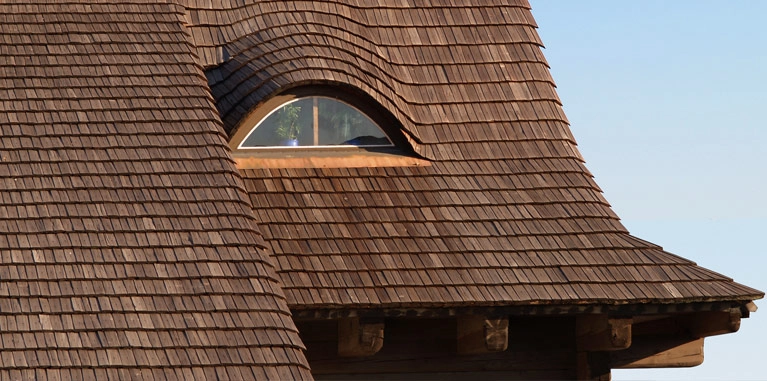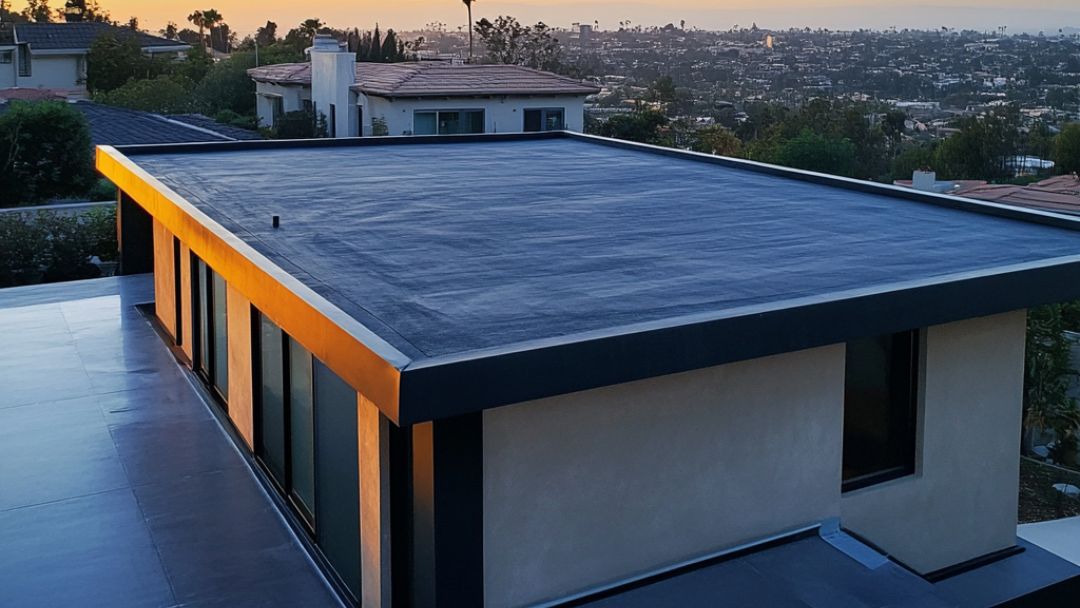
Just Bought a House? Your Top Roofing Questions Answered
Congratulations on becoming a homeowner! Amidst the excitement of unpacking and settling in, understanding the essentials of your new property is crucial. One often overlooked but vital aspect is your roofing system. As a first-time homeowner, you likely have several questions about its condition, maintenance, and potential issues. This comprehensive guide answers the top roofing questions new homeowners like you are asking, ensuring you can protect your investment for years to come.
Understanding Your New Roof: Key Questions
When you're new to homeownership, getting acquainted with your roof is paramount. Here are some frequently asked questions to help you get started:
What Type of Roof Do I Have?
Identifying your roof type is the first step in understanding its maintenance needs and lifespan. Common residential roofing materials include:
Asphalt Shingles: The most popular choice due to their affordability and variety. Expect a lifespan of 15-30 years depending on the quality and climate. For more detailed information, you can refer to resources like the Asphalt Roofing Manufacturers Association (ARMA).

Tile Roofing: Durable and aesthetically pleasing, tile roofs (clay or concrete) can last for 50+ years but are more expensive upfront. Learn more at the Tile Roofing Institute (TRI).

Metal Roofing: Known for its longevity (40-70 years) and energy efficiency, metal roofing is gaining popularity. The Metal Roofing Alliance (MRA) offers comprehensive information.

Wood Shingles or Shakes: Offering a natural look, wood requires more maintenance and has a shorter lifespan (20-40 years) compared to other options. Information can be found at organizations like the Cedar Shake & Shingle Bureau.

Flat Roofing (Common on additions or certain architectural styles): Often uses materials like TPO, EPDM, or modified bitumen, requiring specialized maintenance. You can find information on these materials from manufacturers and industry associations.

Tip: When visually inspecting your roof from the ground, look for the distinct patterns and materials mentioned above. If unsure, a professional roof inspection service can provide a definitive answer.
How Old Is My Roof?
Knowing the age of your roof helps you anticipate potential repairs or replacements. Check your home inspection report for this information. If it's not available, you might:
Ask the previous homeowner or their realtor.
Look for documentation from any previous roof work.
Contact local roofing companies who might have records if they've done work on the property before.
What is a Roof Inspection and Why is it Important?
A professional roof inspection involves a qualified contractor thoroughly examining your roof for any signs of damage, wear and tear, or potential issues. This includes checking for:
Missing, cracked, or damaged shingles/tiles
Leaks or water stains (especially in the attic)
Sagging or uneven roof surfaces
Damaged flashing around chimneys, vents, and skylights
Granule loss on asphalt shingles
Moss or algae growth
Read our guide: The ultimate roof repair guide
Essential Roofing Maintenance for New Homeowners
Maintaining your roof is key to prolonging its lifespan and preventing costly issues. Here are some essential maintenance tasks:
1. Gutter Cleaning: Preventing Water Damage
Clogged gutters can lead to water backing up under your roof, causing leaks, wood rot, and foundation problems. The Environmental Protection Agency (EPA) provides information on the importance of proper water management around your home. Make it a habit to clean your gutters at least twice a year (spring and fall) or more frequently if you have many trees around your property.
2. Tree Trimming: Protecting Your Roof from Physical Damage
Overhanging tree branches can damage your roof during storms, drop debris, and encourage moss growth. Regularly trimming trees around your home can prevent these issues.
3. Regular Visual Checks: Spotting Problems Early
Make it a habit to visually inspect your roof from the ground after storms. Look for any obvious signs of damage like missing shingles or debris. You can also check your attic for any water stains or dampness.
Conclusion: Being a Proactive Homeowner
Understanding your roof is an integral part of responsible homeownership. By knowing the type and age of your roof, performing regular maintenance, and addressing issues promptly, you can protect your investment and ensure a safe and dry home for years to come. Don't hesitate to reach out to qualified roofers like us https://artiguesroofing.com/ for inspections, repairs, or replacements when needed.
Frequently Asked Question
Question: How can I better understand my homeowner's insurance policy regarding roof damage coverage?
Answer: This expands on the "Your Roof and Home Insurance" section, encouraging new homeowners to take a proactive step in understanding their financial protection.